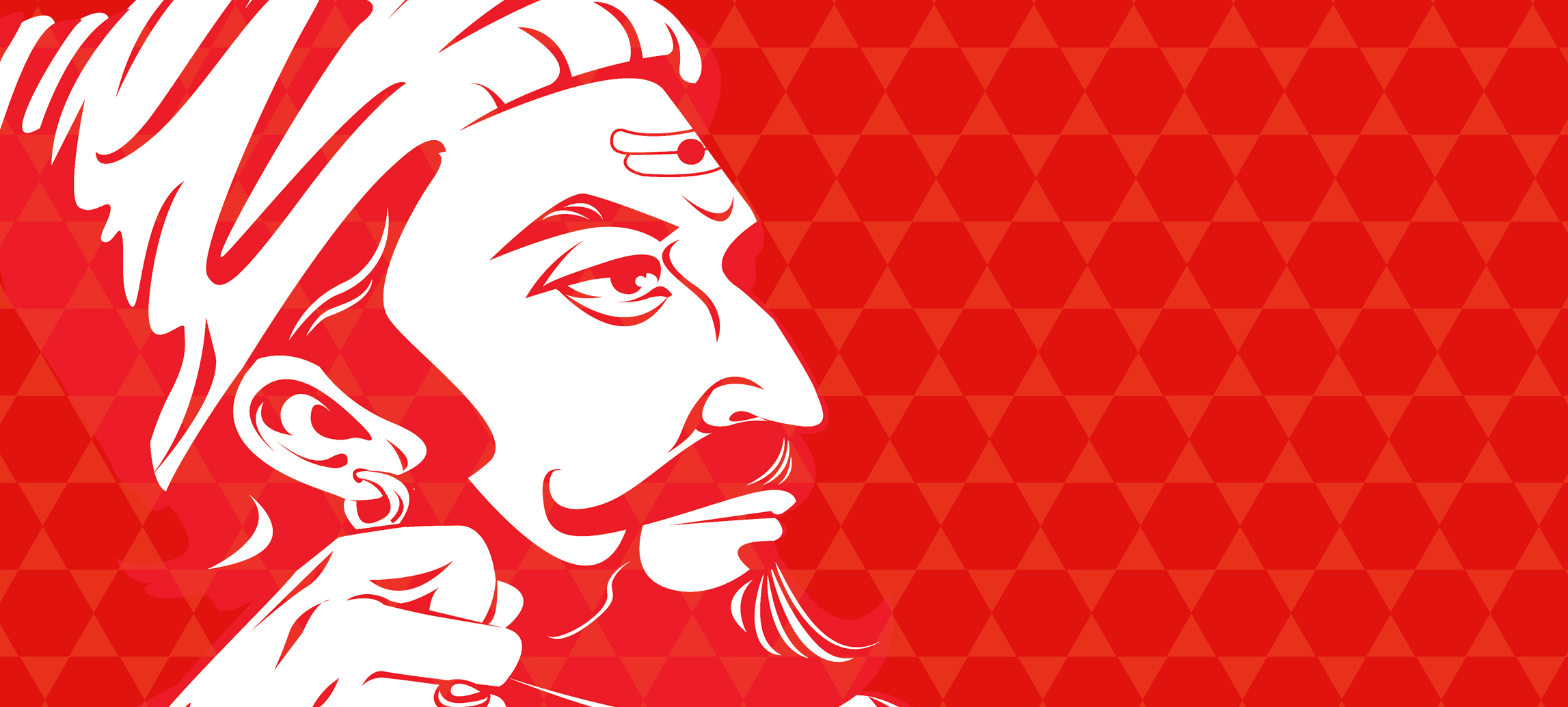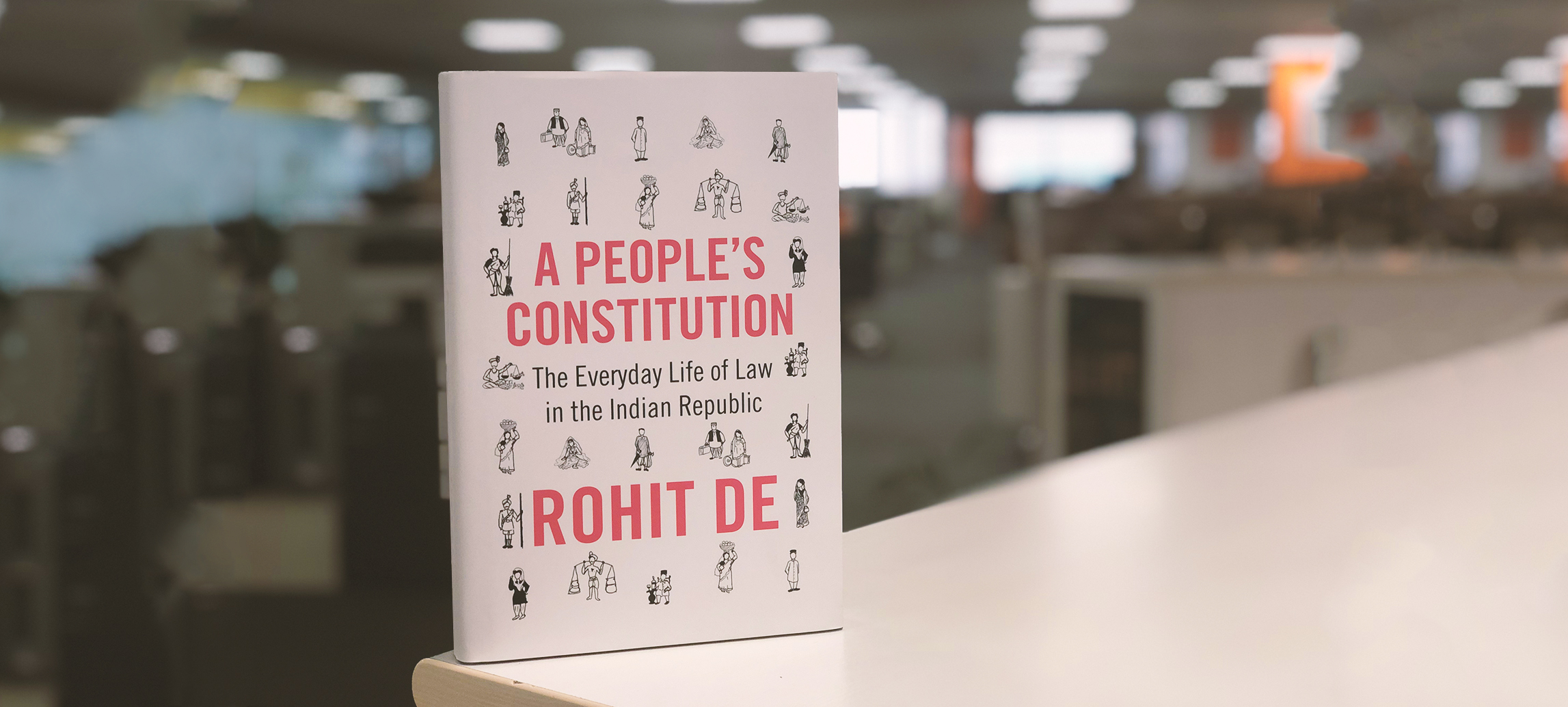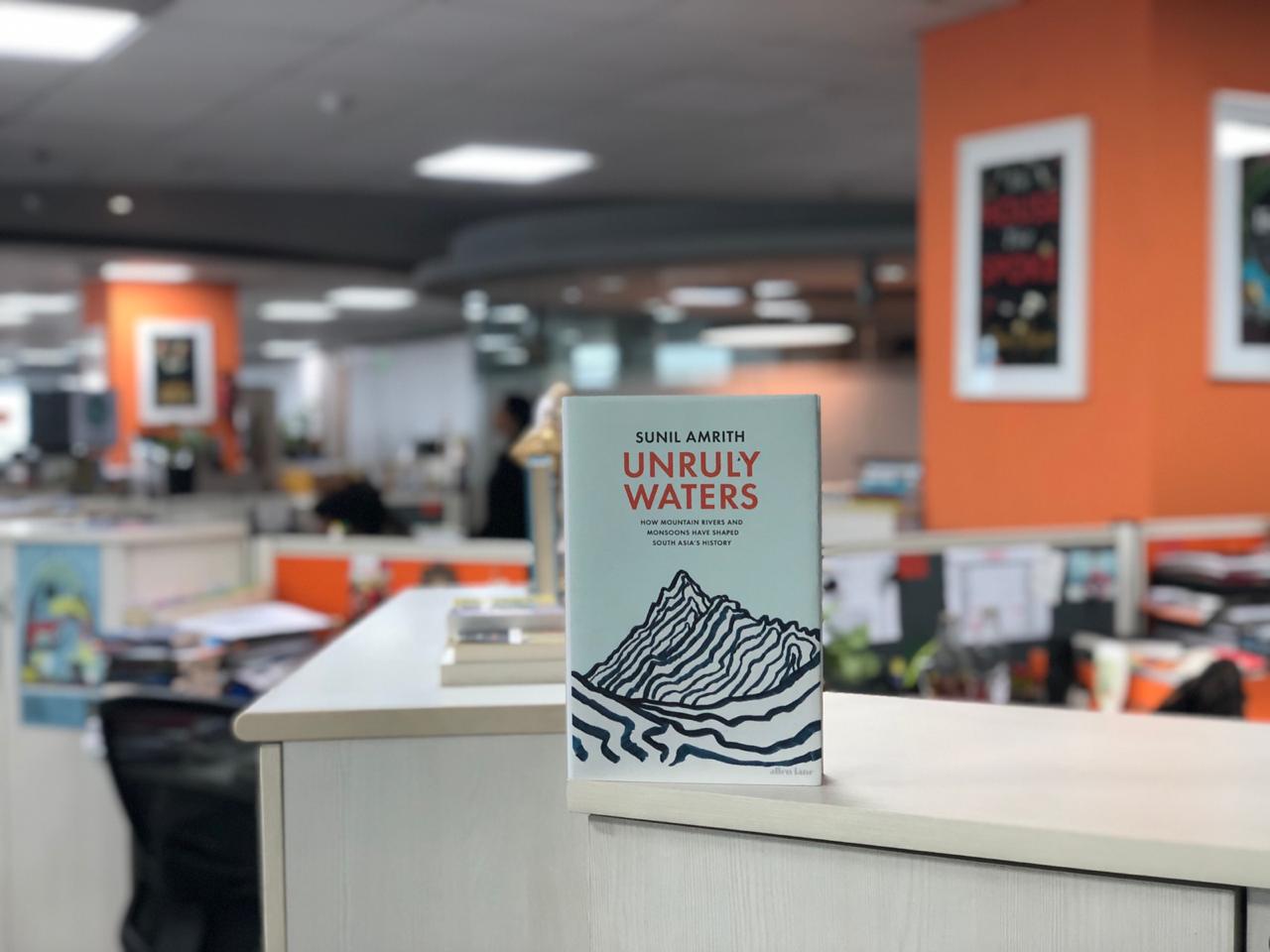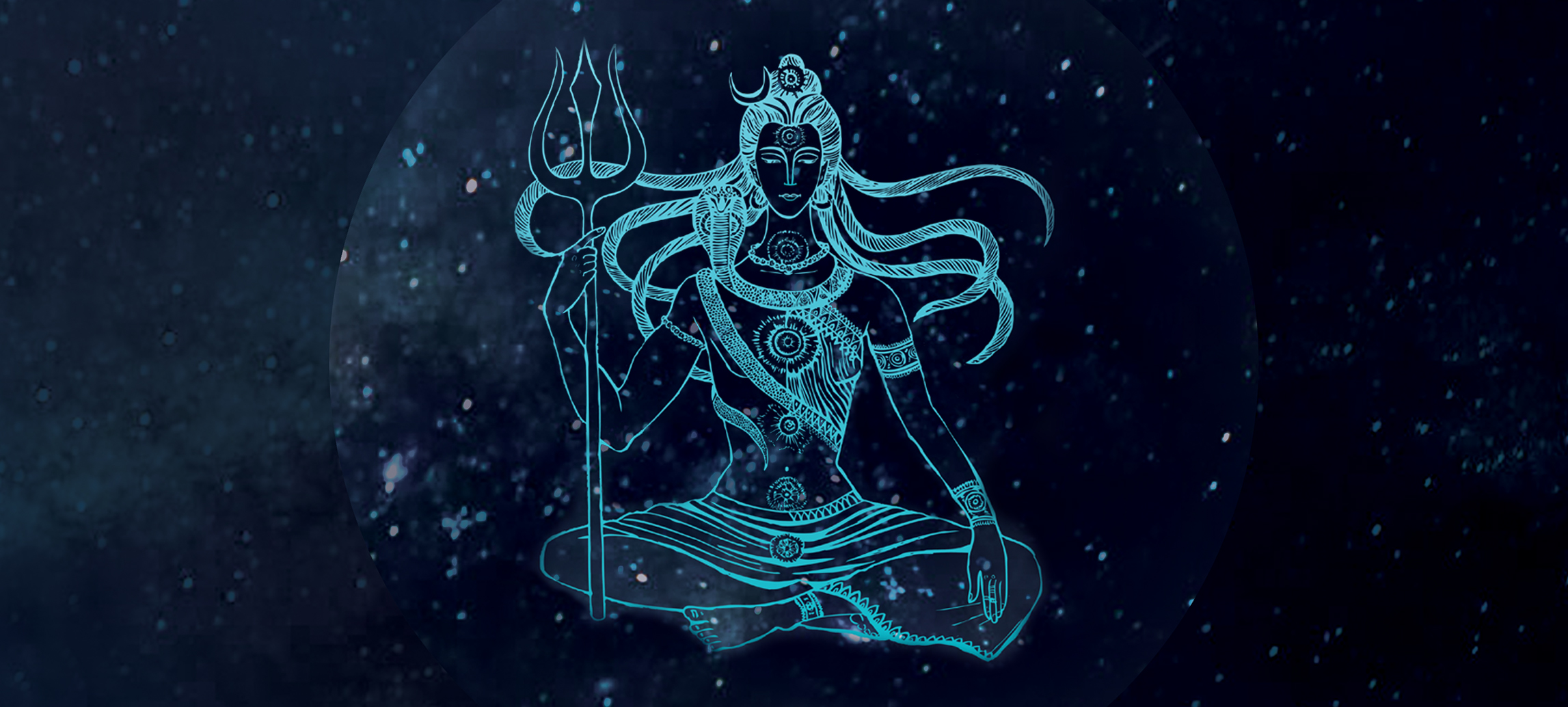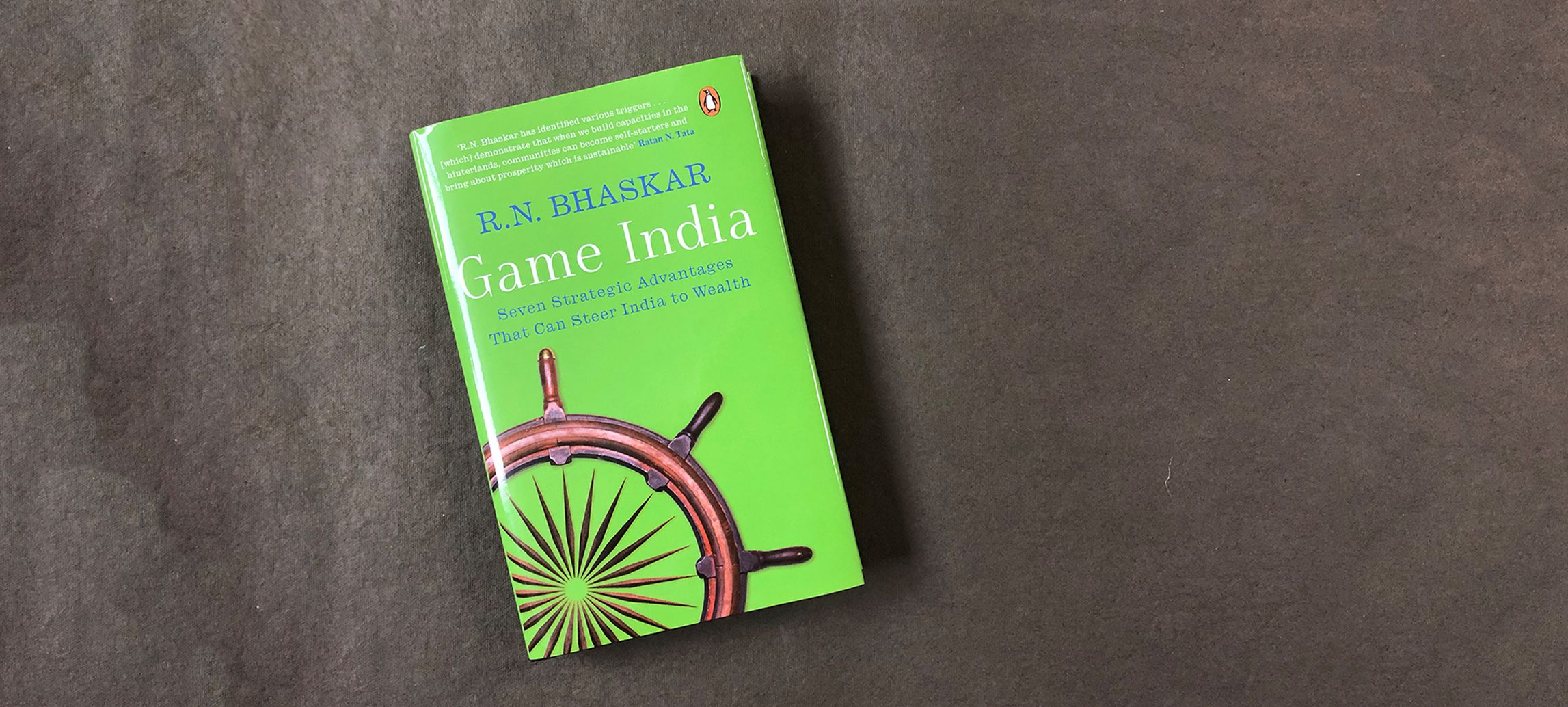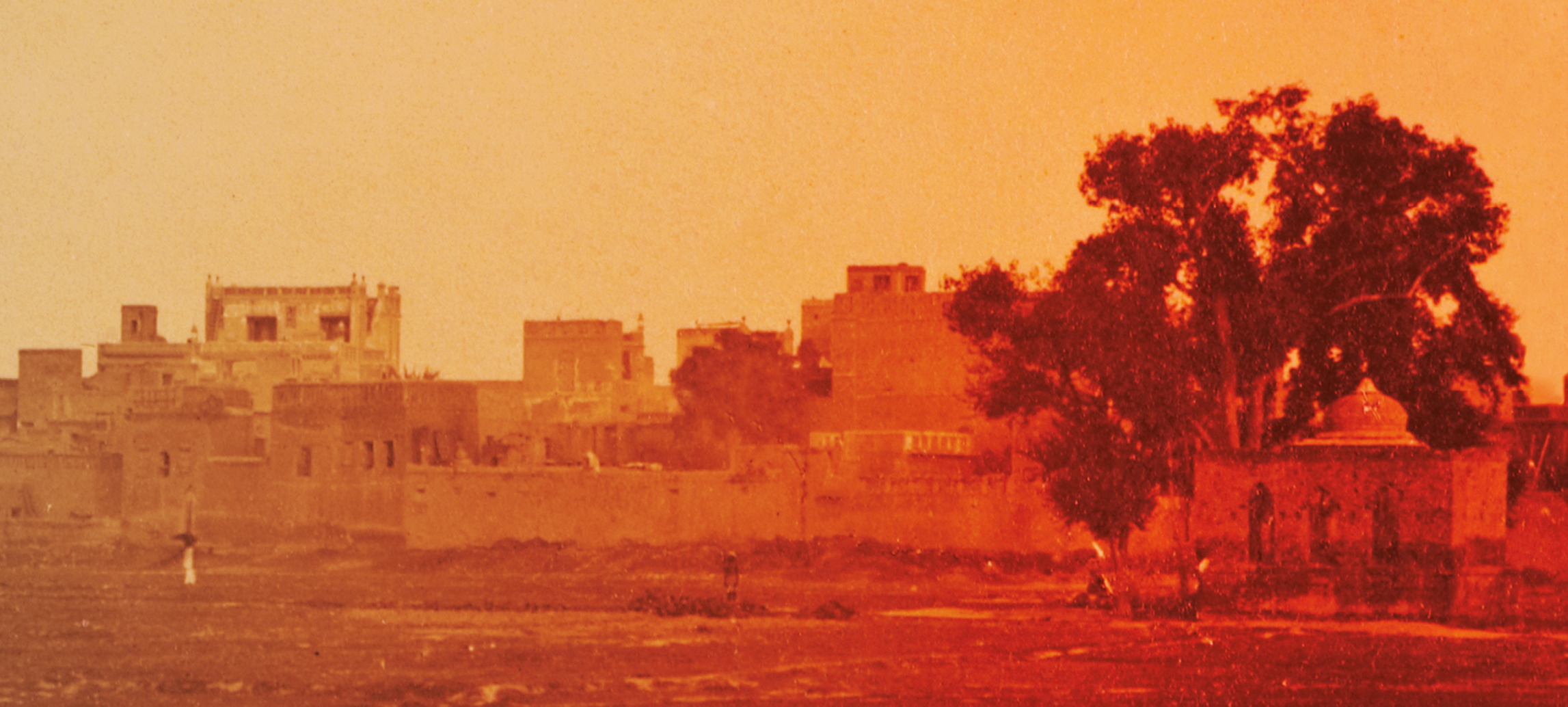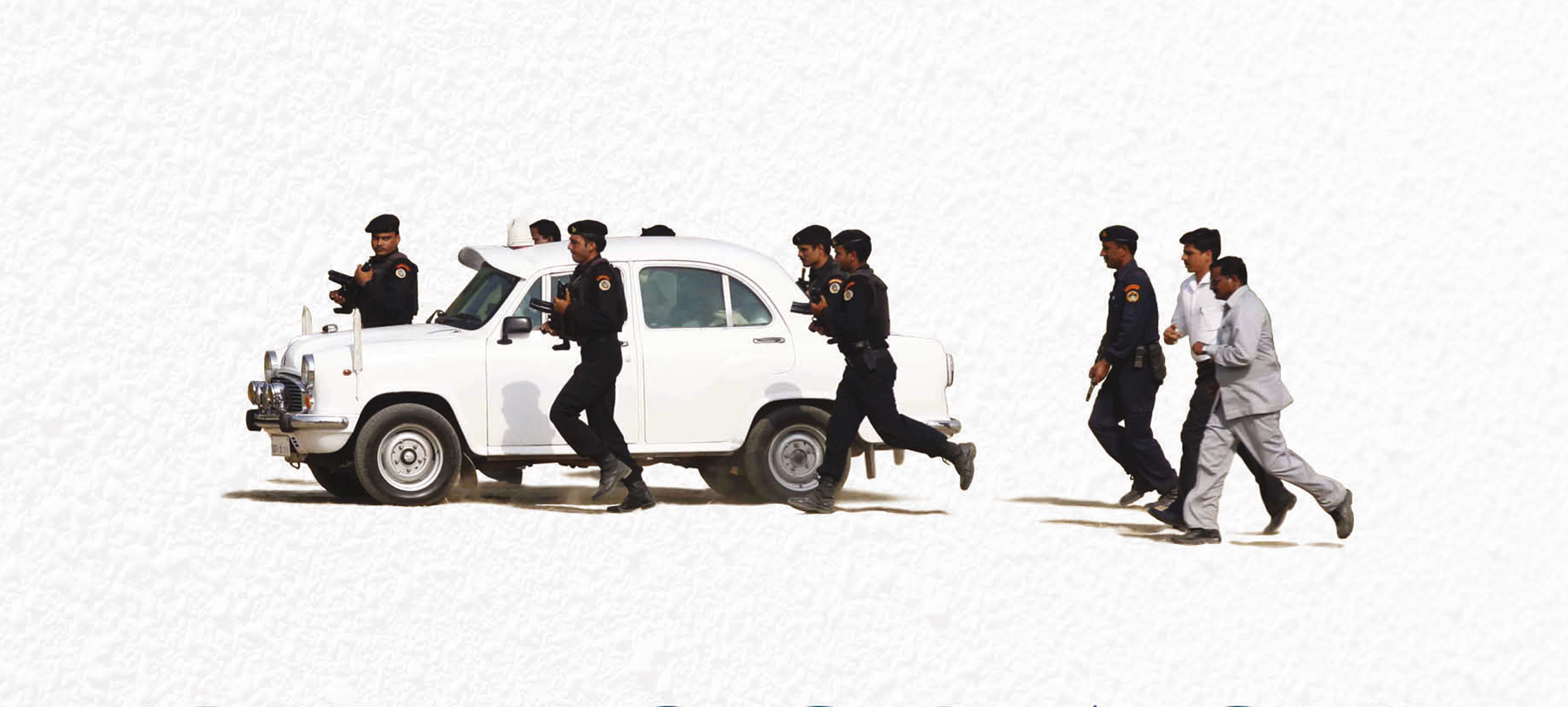There was one partition of the land in 1947. Harsh Mander believes that another partition is underway in our hearts and minds. How much of this culpability lies with ordinary people? What are the responsibilities of a secular government, of a civil society, and of a progressive majority? In Partitions of the Heart: Unmaking the Idea of India, human rights and peace worker Harsh Mander takes stock of whether the republic has upheld the values it set out to achieve and offers painful, unsparing insight into the contours of hate violence. Through vivid stories from his own work, Mander shows that hate speech, communal propaganda and vigilante violence are mounting a fearsome climate of dread, that targeted crime aided by silent official collusion or by political apathy is systematically fracturing our community. Hate can indeed be fought, but only with solidarity, reconciliation and love, and when all of these are founded on fairness.
The painful stories in this meticulously researched social critique are a rallying cry for public compassion and conscience, essential human decency and a call for a re-evaluation of an overtly fundamentalist national identity.
The infamous Gujarat Riots where families living in a peaceful residential society, along with an influential former MP, were gruesomely slaughtered by a virulent mob.
“In 2002, however, Gulberg Society was burnt down, and its residents slaughtered. Muslim community, were slaughtered. The killings were exceptional for their soul-numbing brutality and the extensive ruthless targeting of women and children. Mass rape, public sexual humiliation of women, and the battering and burning alive of girls, boys, women and men, marked those dismal days. Even as the city of Ahmedabad once again was engulfed in flames of hatred, the residents of Gulberg Apartments were certain that Ehsan Jafri would be able to save their lives and homes once again. But that was not to be. On 28 February, Jafri was gruesomely murdered by a feverish mob. Slaughtered along with him were around seventy women, children and men who had taken shelter with the man whom they had believed was influential enough to save their lives from a colossal armed mob baying for blood.”
The brutal, unprovoked knife attack on three brothers on a local train in Delhi.
“After their Eid shopping at Jama Masjid that day, on 24 June 2017, the three brothers—Shakir, Hashim and Junaid—took a local train from the Sadar Bazar station and found seats. Crowds entered at Okhla, and Junaid gave up his seat to an old man. A group of fifteen men asked the others roughly to vacate their seats. When they refused, they slapped and beat them, threw off their skullcaps, pulled the beards of the older boys, abused them for their faith, and called them Pakistanis, beef-eaters and a vulgar slang for the circumcised
In the nine minutes from Ballabhgarh to the next station, Asaoti, the men took out knives and stabbed the three brothers several times, even as they screamed for help. Not one person came to their rescue. A few took videos and pictures on their phones instead, as the compartment filled with blood. Several egged on the lynch mob. These included the old man to whom Junaid had given his seat.”
The arbitrary targeting of Muslims in Assam as being illegal immigrants from Bangladesh and their placement in ‘foreigner’ detention camps.
“The BJP election victory in Assam—the first in the state—was followed by massive official coercive action that targeted and uprooted tens of thousands of Muslims in Assam, charging them to be forest or riverine encroachers or foreigners. ‘There is an openly and distinct anti-Muslim bias in all of these actions,’ human rights lawyer Aman Wadud tells me. People are barely given a few hours’ notice before they are displaced, their homes destroyed, without any chance to show their documents. It is not unusual for some blood relations from the same family to be deemed foreigners and others legitimate citizens. Life in foreigner detention camps, says Abdul Kalam Azad, a postgraduate researcher from Tata Institute of Social Sciences (TISS), Guwahati, is worse than life in jail, and families sometimes have to spend years there to prove that they are legitimate Indian citizens.”
The brutal lynching of an aged and indigent dairy farmer, Pehlu Khan and his sons who despite having receipts to show that they had just bought milch cows, were attacked for being cattle smugglers
“As we sat with a large group of men under the makeshift canopy outside the house of Pehlu Khan, the talk would return over and over again to their anguish about the new climate of hate and suspicion against Muslims that they found surrounded them. ‘It has never been like this before,’ they said. Hindus and Muslims have always lived together like brothers and sisters. Just in the last two or three years everything has changed. ‘We are watanparasth, true nationalists. Our ancestors made so many sacrifices for our country. They fought against Babur’s army on the side of Rana Sangha.’ I wanted to stop them—please, please, you don’t have to say this—why must you feel you must prove your love for your country? But the words got stuck in my throat, as they went on insistently. And they would also ask—who loves the cow more than us Meo Muslims? Go to any Meo village home, and see how much they love their cows, like a member of the family. Any evening, see how lovingly they bathe their cows. And yet we are being called cow murderers.”
The harrowing, almost Kafkaesque story of Mohammad Aamir Khan who was imprisoned for fourteen years after being tortured—the victim of unspeakable injustice that stole the best years of his youth from him.
“But his story is, at the same time, one of exceptional endurance, love and hope. In the three years I have known him, I found him a remarkably gentle person, free of bitterness and anger, and convinced about justice, democracy and secular values. In a deeply affecting book he has written with Nandita Haksar, he describes how when he was twenty, one late winter evening in February 1998 in a by-lane of Old Delhi close to his small home, he was picked up by policemen in plain clothes, and driven to a torture chamber. He recounts his days and nights of torture—stripped naked, his legs stretched to extremes, boxed, kicked, and subjected to electric shocks, anti-Muslim abuse, and threats to frame his parents. He finally succumbs, and agrees to sign numerous blank sheets and diaries. As a result, he was charged in nineteen cases of terror crimes, and accused of planting bombs in Delhi, Rohtak, Sonipat and Ghaziabad. From here began a nightmare that lasted nearly fourteen years.”
The Hashimpura massacre of forty-two young civilian Muslim men on the night of 22 May 1987 by PAC members is a horrifying blend of police collusion with systemic violence with even supposedly secular parties refusing to even take in survivors or conduct the bare minimum of investigation
“These youths were rounded up from their homes in Hashimpura in Meerut on that humid midsummer night, allegedly picked from a larger crowd by security personnel, driven to a canal bank, shot in pitch darkness at close range, and their bullet-ridden bodies were thrown into the Hindon canal. The men were guilty of no crime, and were chosen for slaughter allegedly by paramilitary soldiers only because of the god they worshipped, and their youth. Not a single person has been punished for this crime despite heroic and dogged battles for justice for three decades by the indigent survivors of the slain men. Twenty eight years after the crime, all sixteen persons accused of the massacre, all junior paramilitary personnel, were acquitted giving them the ‘benefit of the doubt’ as there was ‘insufficient evidence’.”
In Partitions of the Heart: Unmaking the Idea of India, human rights and peace worker Harsh Mander takes stock of whether the republic has upheld the values it set out to achieve and offers painful, unsparing insight into the contours of hate violence.












